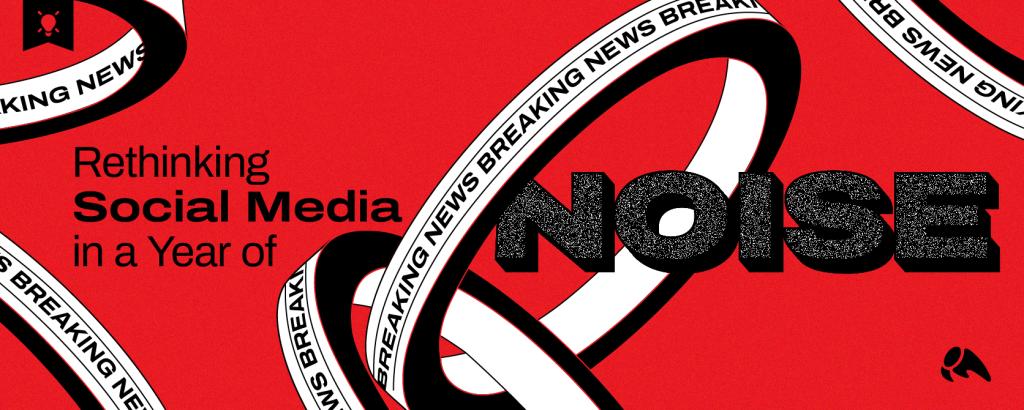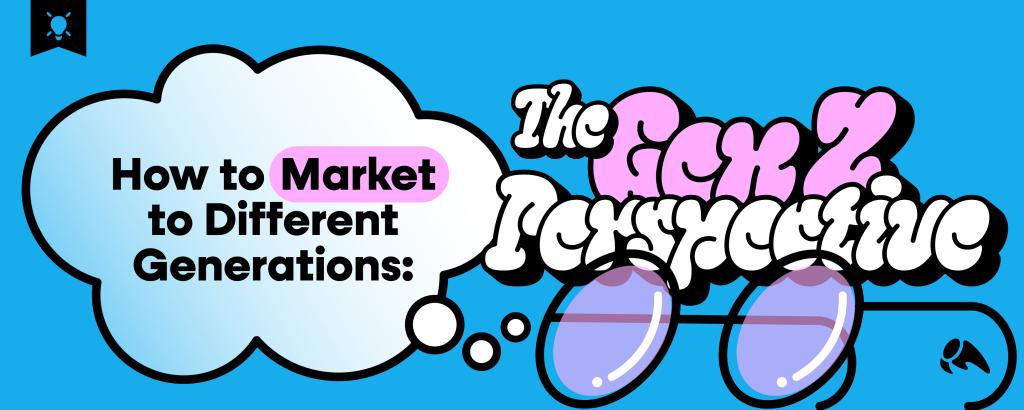I know. You’ve already been beaten to death with the news content marketing is on the rise. There’s no stopping this hockey stick.

Marketers and business owners have hopped onto the content marketing train and there are more blog posts, infographics, eBooks, resource guides and other content marketing goodies than ever before.
But now that you’re spending valuable time churning out unique content, what’s your content promotion strategy once it’s out there?
Once you’ve hit publish, what are you doing with that content? Roll up those sleeves. It’s time to get to work.
Confirm the Content Is Properly Optimized
Should SEO have been a priority before you ever hit publish? Of course. But in your excitement to get your latest post up and to the masses, I bet you didn’t pay as close attention as you should.
 We’ll give you a redo. Where should you look?
We’ll give you a redo. Where should you look?
- Is your title descriptive and optimized for users? Or did you get “creative” and leave the keywords at the door?
- Have you optimized your Title tag, page description, excerpt, tags and other page elements?
- What about your post slug?
- Are you using heading tags appropriately?
- Did you remember to interlink relevant posts with keyword-rich anchor text?
- Have you linked out to relevant third-party sites?
- Did you mention the keywords you’re supposedly going after?
- Is Google showing new keywords you should have used?
Get a handle on these things before you start pushing the piece out and you’ll have a lot less to clean up later.
Share the Content via Your Social Networks
Once you’re confident your post is up to par:
Tweet it.
Facebook it.
Put it on LinkedIn.
Google+ it
Submit it to any of the social networks that are important to you.
Use common sense. If you mention specific brands, influencers, or followers in your content, tag them in the update or send a follow up message so they see it and are encouraged to share with their networks. Part of namedropping someone is making sure they’ve seen that you’ve namedropped them. You’d be surprised how many writers don’t do this.
Don’t be lazy. When you’re posting content to Facebook take the time to edit the Title and Description by hovering over the fields and rewriting them to be more keyword- and user-friendly. Resize images so they fit and get those keywords as close to the beginning as you can for extra perceived relevance.

Get crafty using Facebook’s features and functions. If you’re not comfortable with Facebook’s advertising platform, spend an afternoon reading the Facebook Advertising section of aimClear’s blog and become a Facebook ninja.
Try out Twitter Promoted Tweets. Yes, I know they sound kind of lame and you’re giving them the side eye right now, but get over it. We’ve had clients drop just a small amount of money into Promoted Tweets and see great success and awareness from it.
Leverage Your Hook
Stay in sharing mode. You are not done after tweeting out your content link. Not even close.
Your next step. Leverage your hook.
The hook is that extra something-something in your article used to attract a reader and make them give a damn. If you’re not familiar with hooks, read Todd Malicoat’s 2007 post on hooks and linkbait. That post is as useful today as it was back then.
Some posts will have stronger hooks than others but there should always be something there for you to pull from. Whether it’s a news hook, attack hook or even a resource hook, there are certain segments of your audience who will be drawn to that content. It is your job to identify what segment will be most interested in what. And then make them aware it exists.
For example, if your post is about What Your Developer Needs To Know About SEO, you can bet both SEOs and Developers will be passionate about that conversation. SEOs may want to throw their hands in the air with a HELL YEAH, while developers may be ready to storm the castle and tell you to back up before you get a punch to the face.
Or maybe it’s a resource like David Mihm’s Moving to a New Location? Don’t Forget About Local Search. Just because it’s not controversial, doesn’t mean there isn’t a hook. Find the bloggers and reporters who write about small business issues and get it on their radar. Contact local agencies dedicated to helping small business owners. The process is the same.
Have you heard of The Drafting Technique? While the idea behind the technique itself isn’t new, Derek Halpern of Social Triggers does the best job I’ve seen explaining what it entails and the success it brings. At its core it’s about seeking out bloggers and journalists who have a history of covering the type of stories you create and using that history to get them to cover you.
But let Derek explain it far more passionately.
[You should also subscribe to the Social Triggers newsletter because it’s pretty awesome. And no, I get nothing from telling you that.]
Go Through Your Relationship Rolodex (aka Media List)
If the idea of getting aggressive with outreach and social media promotion makes your stomach turn, it’s because you haven’t done your homework to build out your network before you needed it.
You should have started yesterday, but start now.
Use tools like FollowerWonk and FindPeopleOnPlus to connect with influencers and others in your industry. Start building relationships by serving their needs, promoting their content and helping them achieve their goals. And while you’re doing that, build your Relationship Rolodex (otherwise known as your Media List) to compile important information like:
- Name
- Outlet
- URL
- Email Address
- Twitter Handle
- # of Followers
- Google+ URL
- # of Circles
- Topic/Angle
Sleep with your media list every night and make it your bible. Nurture these people. Be helpful to these people. Be a real person to these people.
And don’t hide this list. Make sure everyone in your organization who will be doing outreach, regardless if its social media, public relations or sales, has access to the same information.
Fan Your Own Site Engagement
Now that you’re rallying folks to your post and getting attention to it, don’t forget to be in the action on your own site.
Respond to comments.
Ask follow up questions.
Ping people who can better respond to comments being left.
Allow readers to subscribe to comments so they’re notified when something new has been said.
Work up the flurry that’s happening, but just like with any fire, be careful not to suffocate it.
There’s a fine line between being involved in the conversation on your site and not giving anyone else a turn to play.
If someone in your community has a question…give it a minute. Give another community member a chance to respond and help that person out. Remember, that is your goal. To grow a passionate, engaged community. Sometimes you have to get the hell out of the way to do that.
Give it New Life
The initial activity around your content piece – the likes, the shares, the comments, the pick ups from media – they’re valuable and they’re great. But it doesn’t have to die there.
Create smarter, not harder.
The biggest mistake I’ve made as a content creator is not getting more use out of content I’ve built. I’ve written thousands of posts…but I left them as blog posts and never tied them together to create a larger piece of content. Don’t be stupid like me.
Reskin old content to form eBooks, the basis for webinars, for presentations, for full-length marketing books. You’ve already put in the work, why not get as much out of it as you can?
TL;DR
Content you don’t promote is content you shouldn’t have written.
Your content marketing job isn’t finished when you hit publish. It’s just begun.





